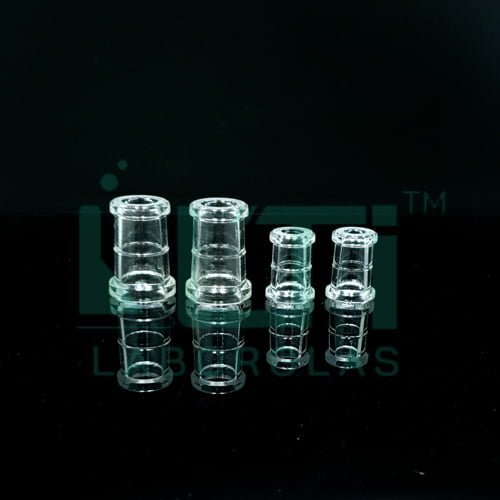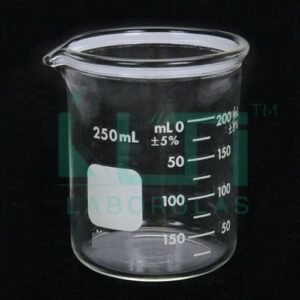In ACCORDANCE to DIN standard, one straight bore, material: BOROSILICATE Glass 3.3
| PART No. | Size | LENGTH (mm) | Pack (qty.) |
| 1570-12 | 12.5 | 28 | 10 |
| 1570-12A | 12.5 | 28 | 10 |
| 1570-14 | 14.5 | 30 | 10 |
| 1570-14A | 14.5 | 30 | 10 |
| 1570-18 | 18.8 | 38.5 | 10 |
| 1570-18A | 18.8 | 38.5 | 10 |
| 1570-21 | 21.5 | 44 | 10 |
| 1570-24 | 24 | 44 | 10 |
Glass Barrels in Stopcocks:
- Precision Fluid Control:
- Glass barrels serve as the main cylindrical components in stopcocks, providing a passage for fluids to flow through. The precision construction of glass barrels allows for accurate control of fluid flow rates.
- Laboratory Glassware:
- Glass barrels are integral components of laboratory glassware, especially in stopcock assemblies. They are used in various experimental setups where precise control over the flow of liquids or gases is essential.
- Chemical Synthesis:
- Glass barrels in stopcocks are commonly employed in chemical synthesis processes to control the addition of reagents, the flow of reactants, or the collection of reaction products with accuracy.
- Distillation and Fractionation:
- In distillation and fractionation setups, glass barrels in stopcocks are crucial for controlling the separation and collection of different components based on their boiling points.
- Titration Procedures:
- Glass barrels are used in titration setups to control the flow of titrant during the titration process, ensuring precise and controlled addition.
- Liquid Chromatography (LC):
- Glass barrels in stopcocks are integrated into liquid chromatography systems to control the flow of mobile phases or eluents during separation processes.
- Gas Chromatography (GC):
- In gas chromatography setups, glass barrels play a vital role in controlling the flow of carrier gases, samples, or other gases within the system.
- Vacuum Filtration:
- Glass barrels in stopcocks are used in vacuum filtration setups to control the flow of liquid through the filtration apparatus, facilitating the separation of solids from liquids.
- Quality Control Processes:
- Glass barrels in stopcocks are utilized in quality control procedures to precisely control the addition of standards, reagents, or solutions during analytical testing.
- Educational Demonstrations:
- Glass barrels in stopcocks are used in educational settings to demonstrate principles of fluid control and precision in laboratory experiments.







